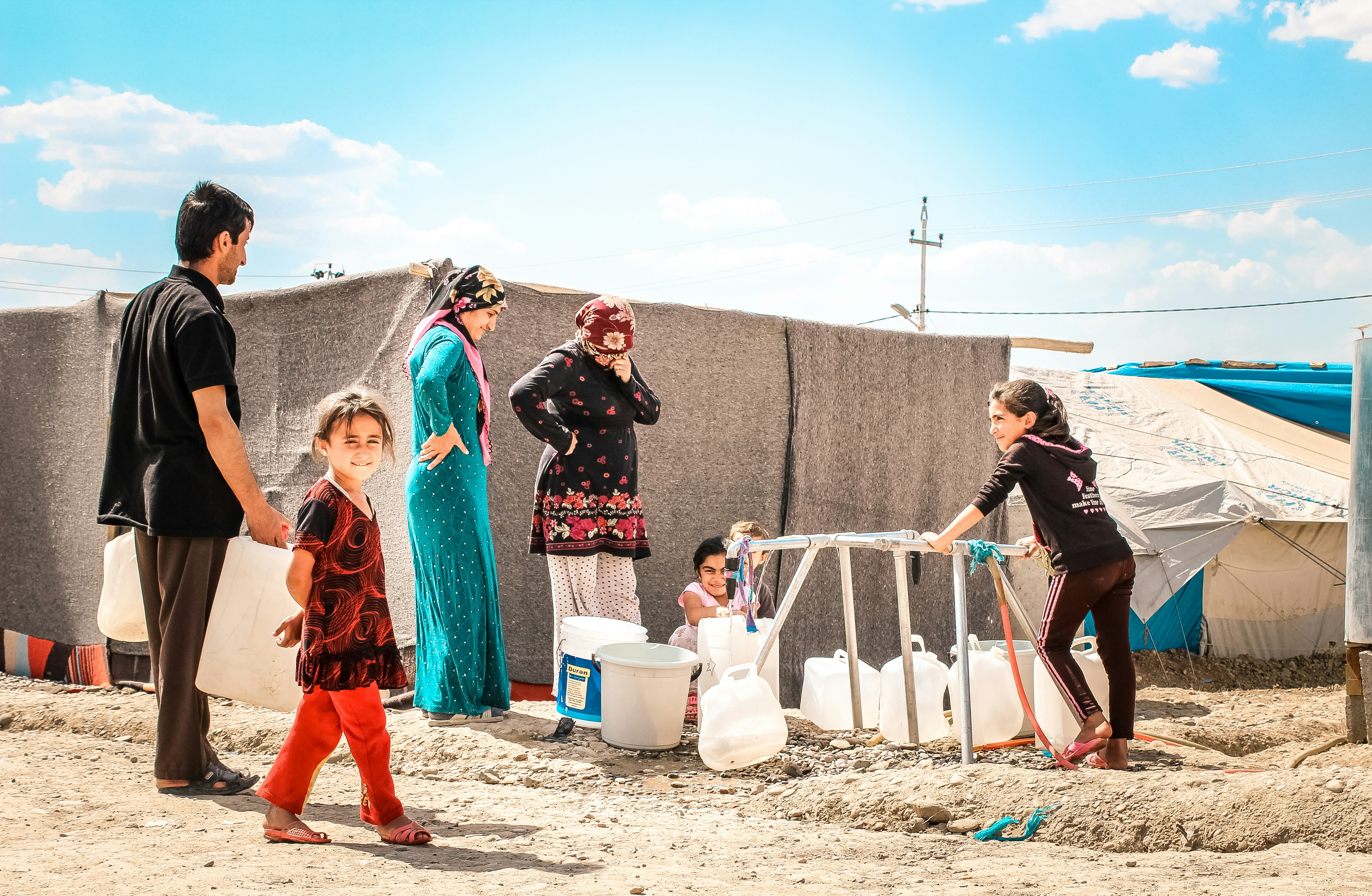Remembering Claudia Cardinale: A Legend of Italian Cinema
Introduction to Claudia Cardinale
Claudia Cardinale, a name synonymous with Italian cinema, was born on April 15, 1938, in Tunis, Tunisia. She was raised in a culturally rich environment, marked by her Sicilian heritage; her parents hailed from Sicily, giving her a unique connection to Italian traditions and identity. This cultural background played an integral role in shaping her future as an actress in the film industry.
Cardinale’s journey into the world of cinema began during her teenage years when she won a beauty contest in 1957. This achievement opened the doors to the film industry, leading to her debut role in the Italian film “La Voleuse” in 1958. Her captivating presence quickly gained attention, allowing her to transition to more prominent roles in critically acclaimed films. Claudia Cardinale’s early career can be characterized by her participation in a variety of Italian productions, showcasing her versatility as an actress. She effortlessly moved between genres, tackling complex characters that highlighted her depth and talent.
Throughout the 1960s and 70s, Cardinale solidified her status as a leading figure in cinema, both in Italy and internationally. Her collaborations with renowned directors such as Federico Fellini, Luchino Visconti, and Sergio Leone resulted in iconic performances that resonated with audiences worldwide. Films like “The Leopard” and “Once Upon a Time in the West” showcased her remarkable ability to convey emotion, making her a pivotal figure in Italian cinema history. As a talented actress, Cardinale’s contribution to film transcended borders, influencing generations of filmmakers and actors alike.
Rise to Fame in Italian Cinema
Claudia Cardinale’s ascent to stardom in Italian cinema is a remarkable narrative that encapsulates her talent and determination. Born in Tunisia in 1938, she moved to Italy, where her career began to evolve rapidly. Initially, she appeared in minor roles, but her striking presence soon caught the attention of filmmakers and audiences alike. One of her first significant breakthroughs came with the film ‘8 1/2’ directed by the illustrious Federico Fellini in 1963. The film, known for its innovative narrative structure and surreal elements, provided Cardinale with a platform to showcase her acting prowess, contributing to her rise in the cinematic landscape.
A pivotal moment in her career followed with the historical drama ‘The Leopard’ in 1963, under the direction of Luchino Visconti. This film not only solidified her status as a leading actress but also underscored her ability to embody complex characters. The story, set during the Risorgimento, resonated deeply with Italian audiences, and Cardinale’s performance was widely praised, further enhancing her reputation. Collaborating with such esteemed directors played a crucial role in honing her craft and carving out her niche in the industry.
Throughout the 1960s and 1970s, Claudia Cardinale continued to cement her position in Italian cinema with an array of diverse roles that highlighted her versatility. She became synonymous with the golden age of Italian film, collaborating with several cinematic icons who shaped the film landscape of that era. From her captivating performances to her strong screen presence, Cardinale’s journey in cinema exemplifies how talent, opportunity, and collaboration with visionary directors can lead to legendary status in the film industry.
Personal Struggles and Triumphs
Claudia Cardinale, an icon of Italian cinema, has navigated a life peppered with both challenges and victories that have indelibly shaped her character and career. Born in 1938 in Tunis, Cardinale faced turbulence at a young age. She lived through the tumult of World War II, an experience that not only colored her childhood but also instilled a profound resilience that would later manifest in her professional endeavors. The scarcity of resources during her formative years made her acutely aware of the importance of determination and hard work, traits that would serve her well as she pursued a career in acting.
Cardinale’s journey into the film industry was marked by both societal biases and personal adversities. As a woman in a predominantly male-dominated field during the 1960s and 1970s, she confronted significant hurdles, including the pressure to conform to specific aesthetics and roles designed by directors. Despite these barriers, she cultivated a strong sense of self, which was crucial in a time when women’s voices were often marginalized. Her ability to channel her life experiences, including her struggles with self-image and the expectations of her femininity, allowed her to portray complex characters that resonated profoundly with audiences. This authenticity attracted notable directors, including Luchino Visconti and Federico Fellini, who recognized her unique talent and perspective.
Moreover, Cardinale’s commitment to her craft and her innate talent catapulted her to international stardom. Her roles often reflected her resolve to break free from stereotypes, showcasing not only her beauty but also her versatility and depth as an actress. This tenacity to succeed against the odds served as an inspiration for many aspiring artists, particularly women, affirming that triumph is often forged in the fires of personal adversity. Such experiences contributed to her multifaceted identity as both an artist and a woman in the cinematic landscape.
International Success and Hollywood Stardom
Claudia Cardinale, a prominent figure in Italian cinema, experienced a remarkable transition to Hollywood during the 1960s, marking a significant chapter in her illustrious career. Following her early successes in Italian films, her unique blend of charm and talent attracted the attention of international filmmakers, leading to notable roles in mainstream cinema. One of her defining moments came with her performance in the iconic film “The Pink Panther” (1963), where she starred alongside the legendary Peter Sellers. This role not only showcased her acting prowess but also solidified her standing as an international star. The film’s light-hearted detective narrative, coupled with Cardinale’s captivating presence, allowed her to make a seamless entry into Hollywood’s film landscape.
Following “The Pink Panther,” Cardinale continued to garner acclaim, notably with her role in Sergio Leone’s critically acclaimed “Once Upon a Time in the West” (1968). In this landmark spaghetti western, she portrayed Jill McBain, a character that broke traditional gender norms in film. Her performance was instrumental in reshaping the portrayal of women in westerns, providing depth and complexity that resonated with audiences. Both films significantly increased her visibility in Hollywood, contrasting sharply with her earlier works in Italy, which tended to focus more on themes pertinent to the Italian experience.
As her international fame burgeoned, it is essential to appreciate that this shift did not erase her Italian roots. Instead, it broadened her artistic horizons, allowing her to diversify her roles and contribute to both American and European cinema. Claudia Cardinale’s Hollywood stardom contrasted her earlier Italian film work, offering a fresh perspective while still honoring the narratives that defined her initial success. This unique crossover exemplified her versatility and resilience as an actress, making her a household name not only in Italy but across the globe.
Legacy in Film and Television
Claudia Cardinale stands as one of the most iconic figures in Italian cinema, with an impressive career spanning over six decades. Her contributions to film and television have not only shaped the industry but also left an indelible mark on the hearts of audiences worldwide. Debuting in the 1950s, Cardinale quickly rose to prominence with her captivating performances in films that often explored deep emotional and social themes, showcasing her exceptional range as an actress.
Throughout her illustrious career, Cardinale collaborated with esteemed directors such as Federico Fellini and Luchino Visconti, solidifying her status as a leading actress in international cinema. Her role in “The Leopard” (1963), alongside Burt Lancaster and Alain Delon, remains a pivotal moment in cinematic history, demonstrating her ability to embody complex characters that resonate with viewers. Such performances have not only garnered critical acclaim but also set a high standard that continues to inspire future generations of actresses, illustrating the power of strong female representation in film.
The timeless quality of her performances has ensured that Claudia Cardinale’s legacy extends far beyond her immediate contributions. She has become a role model for aspiring actresses, symbolizing the potential for women in film to portray diverse, multifaceted characters. Cardinale’s impact is evident in the works of contemporary filmmakers who aspire to capture the same depth and nuance she delivered in her roles. Furthermore, her influence can be seen in the variety of remakes and homages to her films, which continue to introduce her captivating presence to new audiences.
In conclusion, Claudia Cardinale’s enduring legacy in the film industry is marked by her remarkable talent and her role in advancing women’s narratives in cinema. As both an actress and an icon, her contributions have forever enriched the landscape of Italian cinema and inspired countless artists in film and television around the world.
The Impact of Language and Accent
Claudia Cardinale, a celebrated figure in Italian cinema, faced significant challenges in terms of language and accent during her illustrious career. Born in Tunisia to Italian parents, her French-speaking background initially posed hurdles in the predominantly Italian film industry. Despite being fluent in multiple languages, her accent became a focal point that influenced her casting in various roles. As Cardinale embarked on her film career in the late 1950s, the Italian film industry was heavily rooted in regional dialects, making it essential for actors to either master these dialects or adapt seamlessly to them.
One of the prominent solutions to the language barrier was the practice of dubbing. In several of her early films, Claudia Cardinale’s voice was replaced by that of other actresses to meet the demands of Italian audiences who preferred localized speech. While dubbing allowed her to gain recognition and showcase her breathtaking performances, it also limited her ability to fully express her character through her own voice. This experience highlighted not only the intricacies of language in film but also the constraints an actress might face when her authentic voice is sidelined.
Nevertheless, Cardinale’s adaptability became a hallmark of her career. She worked assiduously to master the nuances of Italian, allowing her to take on more substantive roles as she evolved throughout the 1960s and 1970s. This personal investment in language facilitated her performances in iconic international films, further solidifying her status as a versatile actress. Her journey illustrates the broader challenges many actors encounter in navigating language barriers and the essential role that accent plays in shaping audience perceptions and character authenticity.
Claudia Cardinale’s Later Years
Claudia Cardinale, a celebrated figure in Italian cinema, continued to embody the essence of artistry and grace in her later years. Throughout the decades following her rise to fame, she remained active in both the film industry and various cultural initiatives. Cardinale’s involvement in cinema persisted as she took on roles that allowed her to convey her innate talent and depth as an actress. Notably, she graced both contemporary and classic films, captivating audiences and critics alike with her undeniable screen presence.
In addition to her contributions to film, Claudia Cardinale became a passionate advocate for several social causes. Throughout her illustrious career, she has used her platforms to champion the rights of women and promote cultural heritage. Her engagement in humanitarian endeavors has solidified her role not only as a prominent actress but also as an influential ambassador for important societal issues. Cardinale’s dedication to these causes echoes her longstanding commitment to artistic integrity and cultural enrichment.
Reflecting on her career, Claudia Cardinale often expressed her gratitude for the opportunities she was afforded in a dynamic industry. She regarded her experiences as pivotal moments that shaped her identity as a cultural icon. Cardinale has spoken fondly of her collaborations with legendary directors and her appreciation for the richly diverse narratives found in Italian and international cinema. As she ages, her reflections serve to inspire both emerging artists and established professionals, emphasizing the importance of perseverance and authenticity in the arts.
Today, Claudia Cardinale stands not only as a monumental figure from the golden age of Italian cinema but also as a role model, showcasing how a dedicated artist can leave a lasting impact on society through talent and advocacy. Her legacy, rich with artistry and purposeful engagement, continues to resonate within the realms of film and beyond.
Tributes and Reactions to Her Passing
The film industry and the artistic community have recently been mourning the loss of Claudia Cardinale, a monumental figure in Italian cinema. Her passing has prompted an outpouring of tributes from fellow actors, filmmakers, and devoted fans, all remembering her immense contributions to the art of film and her profound ability to captivate audiences worldwide. Renowned filmmaker Federico Fellini, who worked with her on “8½,” once remarked on her unique ability to embody complex characters, and many of her collaborators echoed these sentiments in their tributes, acknowledging her transformative impact on the Italian film landscape.
In the days following her death, social media platforms became a platform for sharing memories and anecdotes about Claudia Cardinale. Notable actors like Sophia Loren and Marcello Mastroianni celebrated her legacy, praising her talent and the indelible mark she left on the industry. Loren, in particular, highlighted how Cardinale’s presence on screen paved the way for future generations of women in film, expressing gratitude for the paths she opened for aspiring actresses. This resonance transcends her immediate circles, as fans remember personal experiences of discovering her films that often led to emotional connections with her work.
Filmmakers from various backgrounds have also shared their reactions. Oscar-winning director Pedro Almodóvar described her as one of the most significant actresses of her time, celebrating her roles that often combined strength and sensuality. In interviews, Almodóvar reflected on how her performances inspired his own cinematic endeavors. Overall, the collective response to Cardinale’s passing underscores not just individual loss but a broader recognition of her contributions to cinema as an art form. She will be remembered not just for her roles but for her influence that continues to shape the industry and inspire countless others.
Conclusion: A Lasting Legacy
Claudia Cardinale’s journey through the realm of cinema is nothing short of extraordinary. Known for her brilliant performances in classics such as “The Leopard” and “Once Upon a Time in the West,” she has established herself as a symbol of artistry and grace in Italian film. Her career, spanning over six decades, showcases her resilience and adaptability, evidencing a profound passion for her craft. This dedication not only transformed her into a significant figure in cinema but also set a precedent for future generations of actors, particularly women, who aspire to carve their paths in the film industry.
Throughout her illustrious career, Cardinale has portrayed a wide array of characters, reflecting the evolving landscape of cinema. Her ability to seamlessly embody diverse roles—from the strong, independent women in Italian neorealism to glamorous figures in international films—attests to her versatility and appeal. As a free and inspired woman, she broke through societal barriers and challenged stereotypes, paving the way for subsequent actresses. Her popularity and commitment to meaningful storytelling resonate deeply in contemporary cinema, serving as a beacon of inspiration for aspiring artists.
Moreover, Claudia Cardinale’s legacy extends beyond her performances. She remains an influential advocate for women’s rights and cultural representation, actively promoting social issues through her platform. The impact of her work is evident not only in the accolades she has received but also in the way she continues to be celebrated by fans and filmmakers alike. As she remains a cherished figure, it becomes clear that her contributions will linger in the minds of both audiences and creators, solidifying her status as a true legend of Italian cinema. Her enduring influence ensures that Claudia Cardinale will be remembered not just for her iconic roles, but also as a powerful symbol of artistic freedom and resilience in the world of film.







